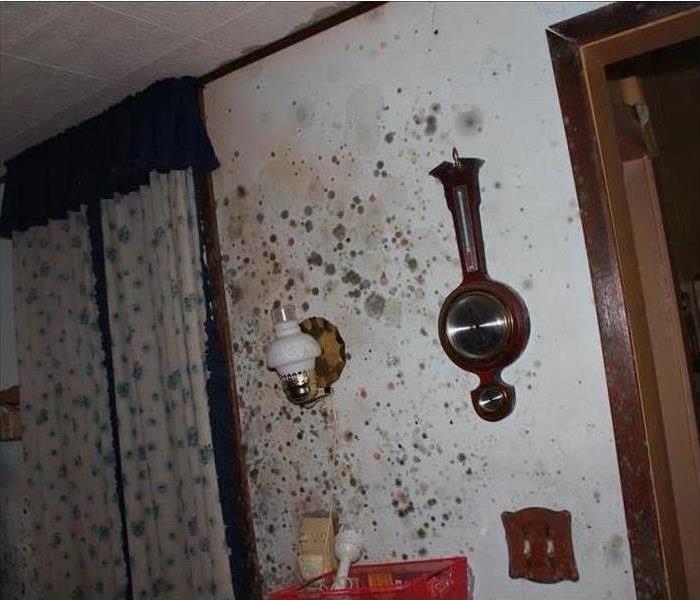3 Facts About Mold Coverage for Homeowners
6/22/2021 (Permalink)
3 Facts About Mold Coverage for Homeowners
Numerous mold lawsuits during the 1980s and 1990s led a number of homeowners insurance companies to exclude fungus growth from policies. If you are concerned about the presence of mold at a home in Forks Township, PA, you should be aware of the possibility that coverage for this form of secondary damage resulting from water damage may be limited or unavailable. Here are three facts that can help you decide whether to obtain residential mold insurance.
1. Mold Coverage Is Often Capped or Cut Out of Policies
Many insurance companies exclude mold damage from homeowners' policies. Policies that do cover this type of secondary damage may have a maximum limit of $10,000 or less. Homeowners should check to see whether coverage is available.
2. Mold Caused By Covered Water Damage May Be Included
Even if a policy has limited or no coverage for mold, fungus growth resulting from water damage that was a covered peril may also be covered. In most cases, it is necessary to demonstrate that a homeowner took every measure possible to quickly and thoroughly restore primary water damage.
3. Documenting Mitigation and Remediation Can Be Helpful
Whether you have a homeowners policy with a mold cap or additional mold insurance, it is always important to keep complete documentation of the mitigation and remediation of water damage and any measures taken to remediate mold damage. This information may make it possible to get coverage for mold claims that might otherwise be rejected.
If you do not have mold coverage, it may be possible to get a fungus growth endorsement or rider on a homeowners policy or take out a separate mold policy. It can be worthwhile to get a mold policy for a home with an elevated risk of developing fungus in Forks Township, PA. Successful water damage cleanup and restoration go a long way toward preventing mold growth.





 24/7 Emergency Service
24/7 Emergency Service
